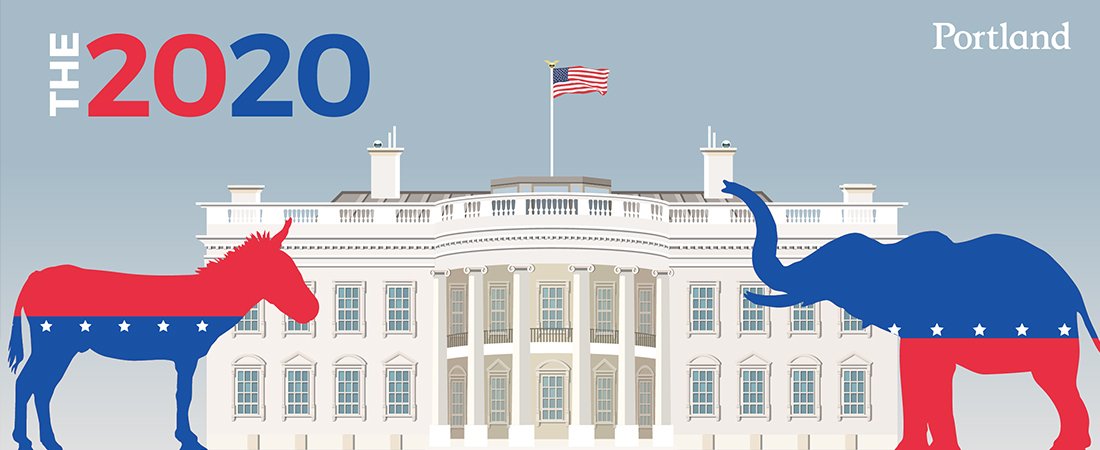Earlier this month, former Colorado Governor John Hickenlooper ended his presidential campaign. John who? That’s precisely why Hickenlooper ended his bid for the Democratic nomination. He’s not the only one. Washington Governor, Jay Inslee and Representatives Seth Moulton and Eric Swalwell, of Massachusetts and California respectively, all dropped out after struggling in the polls and low fundraising.
The field is starting to slowly narrow (there are still 22 candidates running) but the coming months could see the field continue to dwindle.
For the first two debates, the requirements were much easier for candidates to achieve. They had to garner either 65,000 individual donors or reach one per cent in three qualifying polls. This is why the first two debates each featured 20 candidates. There’s been criticism that the debates haven’t been helpful for voters. With so many candidates on stage, none have had the opportunity to really discuss their priorities and policies. Instead candidates tried to score viral moments by attacking each other – further dividing the party.
To address this issue, the Democratic National Committee set a higher threshold for presidential hopefuls to make it onto the debate stage. Candidates must reach at least two per cent in four polls and receive donations from 130,000 individual donors. This is proving difficult for some candidates who were already struggling in their fundraising efforts or have not received a lot of media attention.
The higher threshold has garnered some criticism from voters. Some believe that DNC is rigging the system once again, giving preferential status to candidates who are already doing well and sidelining candidates who could bring new ideas to the party.
So, who’s made it into the debates? The field has been cut in half. A total of ten candidates have made it and most are already well-known names but there are exceptions. Entrepreneur and former tech executive Andrew Yang has seen steady growth in support because of his signature proposal, a form of universal basic income, his appearances on popular podcasts such as The Joe Rogan Experience and a strong social media presence.
One candidate knocking on the door is Tom Steyer, a billionaire and philanthropist who entered the race in July and is just one poll away from meeting the DNC’s threshold. His ability to use the resources he already has – his own money and access to voter information – has caused a bit of backlash from voters and other candidates who have accused him of “buying his way” into the debate. If he does qualify for the debate, the DNC will find its processes under the microscope once more.
So, what happens to the presidential hopefuls who don’t make it to Houston next month? Those who have less than one per cent in the polls will begin to suspend their campaigns in the coming weeks and months. Others who didn’t make it onto the debate stage but were close to reaching the requirements will hold on a bit longer.
This may be the beginning of a smaller field for the Democrats. In fact, September’s debate line-up might look more like what voters see at the ballot box. Regardless, by the end of the year, there is a good chance there will be fewer candidates in the race.
Want to keep up-to-date with the 2020 presidential elections? Subscribe to our monthly newsletter here.

